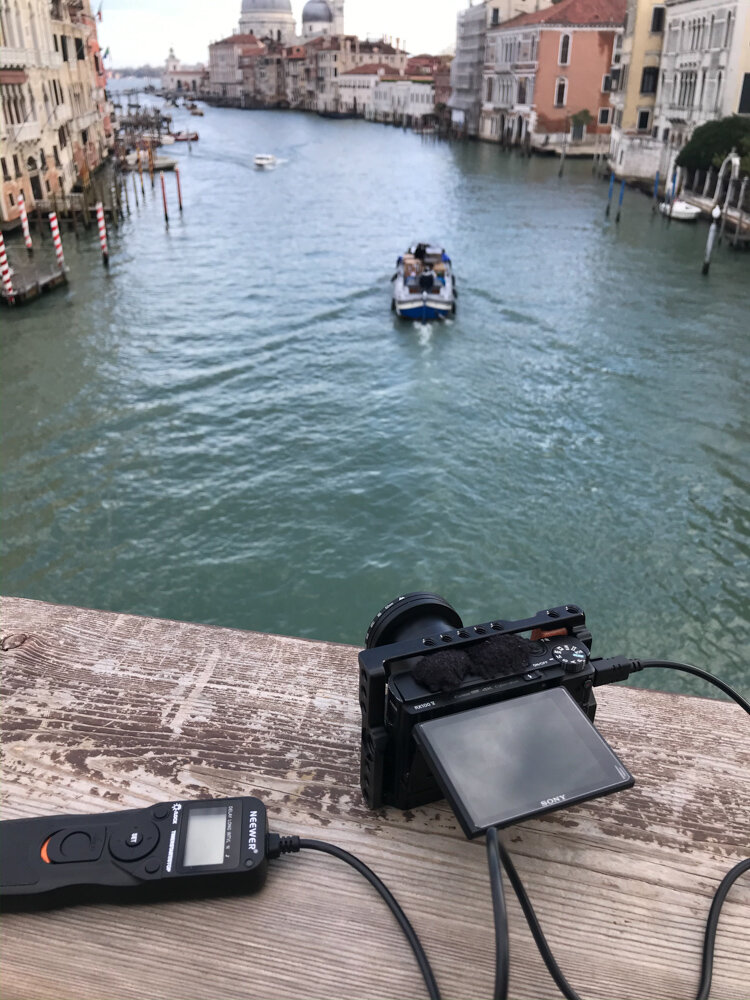I don’t remember who said it, or the exact quote, but it went something like this: an image isn’t an image until it becomes a print, or that the print is the final step for an image.
This used to be the case a few decades ago, when the only way to create and see an image was in the darkroom in the form of a print.
But is it still true today? With all the ways that today’s technology offers to share our art?
I don’t believe this is longer the case. I don’t think the print is the (only) final step of an image today.
Don’t get me wrong, printing your images is awesome and something that every photographer should do (I myself print some of them) -but we don’t have to print an image for it to be considered art.
Most of my images aren’t going to be printed, ever. They’ll live as digital art here on my website, on Instagram or on YouTube. I don’t think less of them: they are still my work, my art, and they fulfill their purpose as such.
I feel very lucky to live in this day and age when I can use film cameras from decades ago and print my images in the darkroom, and use a completely digital workflow from beginning to end.








